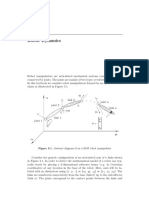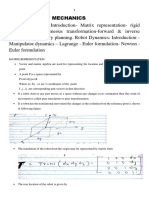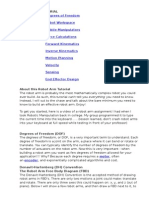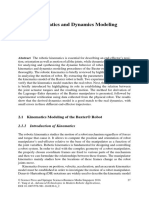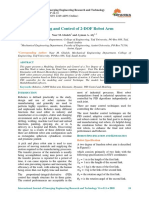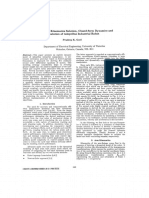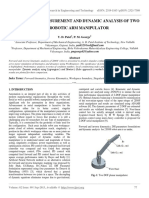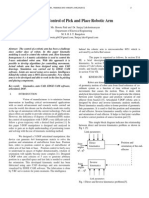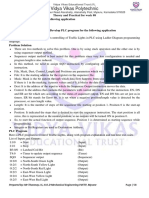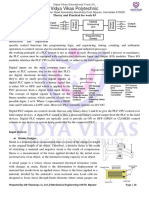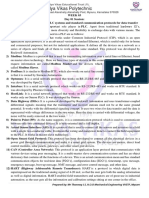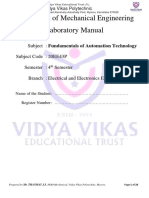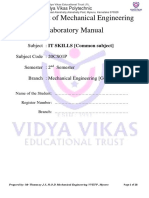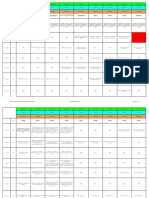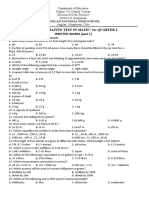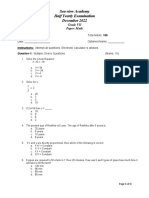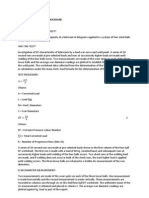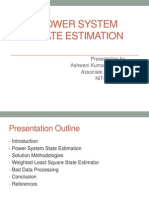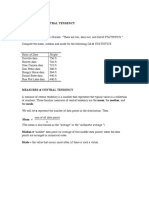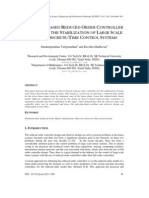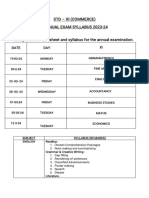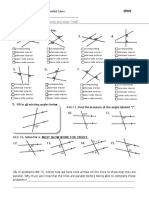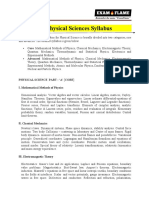0% found this document useful (0 votes)
60 views7 pages21br563 Forp Module 03 Notes
The document outlines Module 03 of a robotics course, focusing on robot arm kinematics and dynamics, including forward and inverse transformations for a 2-degree of freedom arm. It covers essential concepts such as position representation, the Denavit-Hartenberg parameters, and the Euler-Lagrangian method for analyzing dynamics. Additionally, it includes modal questions for assessment on these topics.
Uploaded by
Thanmay JSCopyright
© © All Rights Reserved
We take content rights seriously. If you suspect this is your content, claim it here.
Available Formats
Download as PDF, TXT or read online on Scribd
0% found this document useful (0 votes)
60 views7 pages21br563 Forp Module 03 Notes
The document outlines Module 03 of a robotics course, focusing on robot arm kinematics and dynamics, including forward and inverse transformations for a 2-degree of freedom arm. It covers essential concepts such as position representation, the Denavit-Hartenberg parameters, and the Euler-Lagrangian method for analyzing dynamics. Additionally, it includes modal questions for assessment on these topics.
Uploaded by
Thanmay JSCopyright
© © All Rights Reserved
We take content rights seriously. If you suspect this is your content, claim it here.
Available Formats
Download as PDF, TXT or read online on Scribd
/ 7




